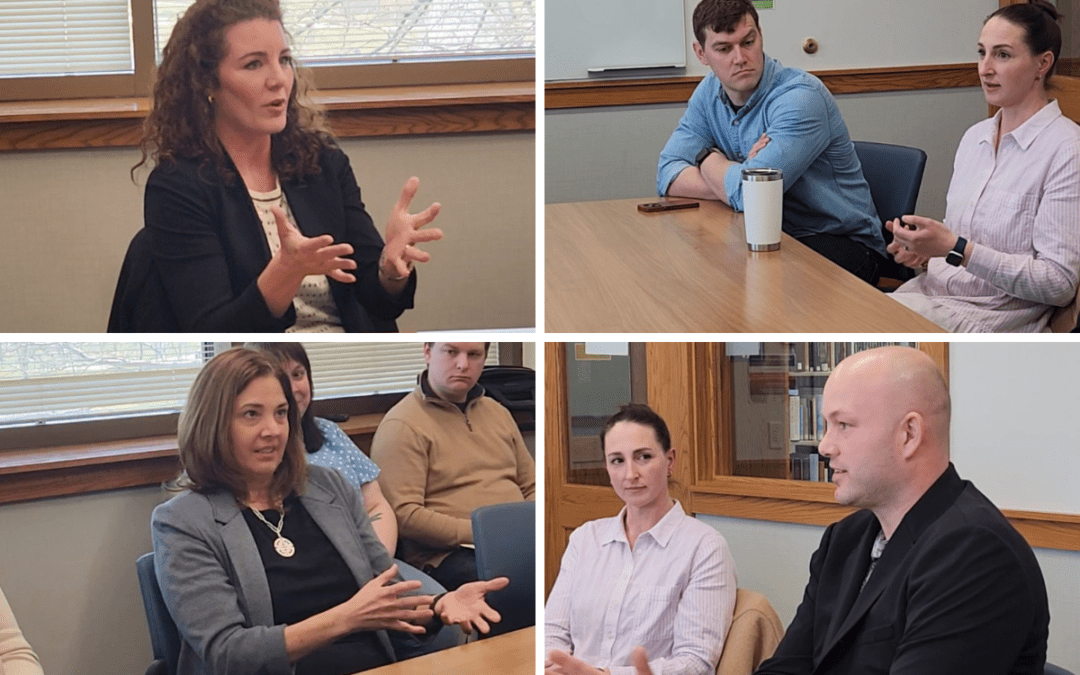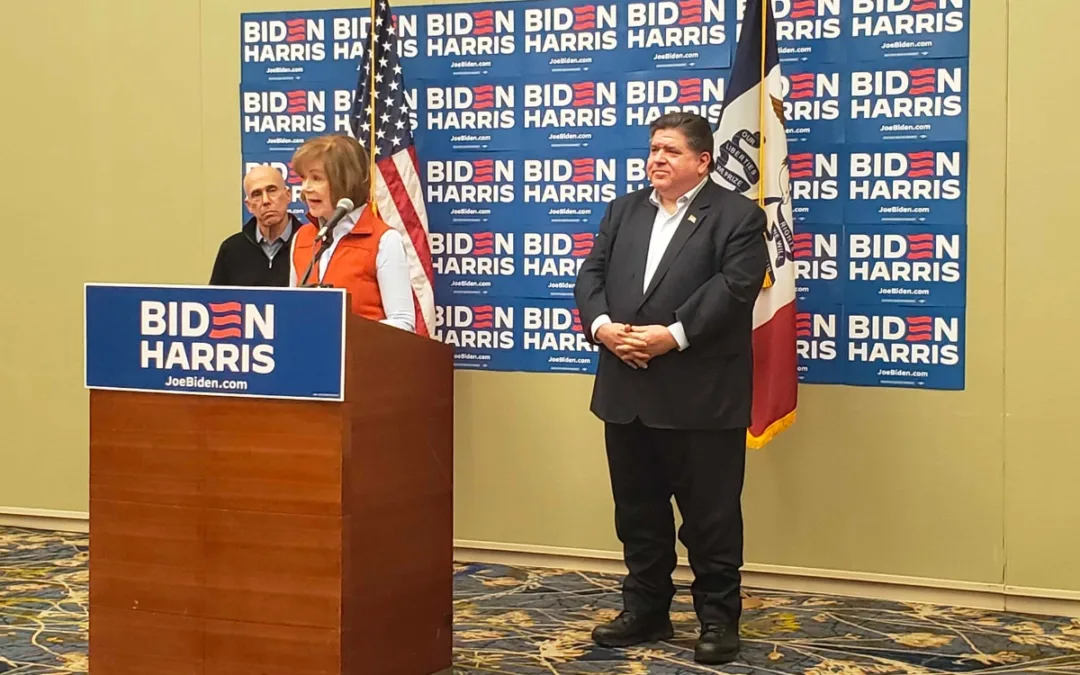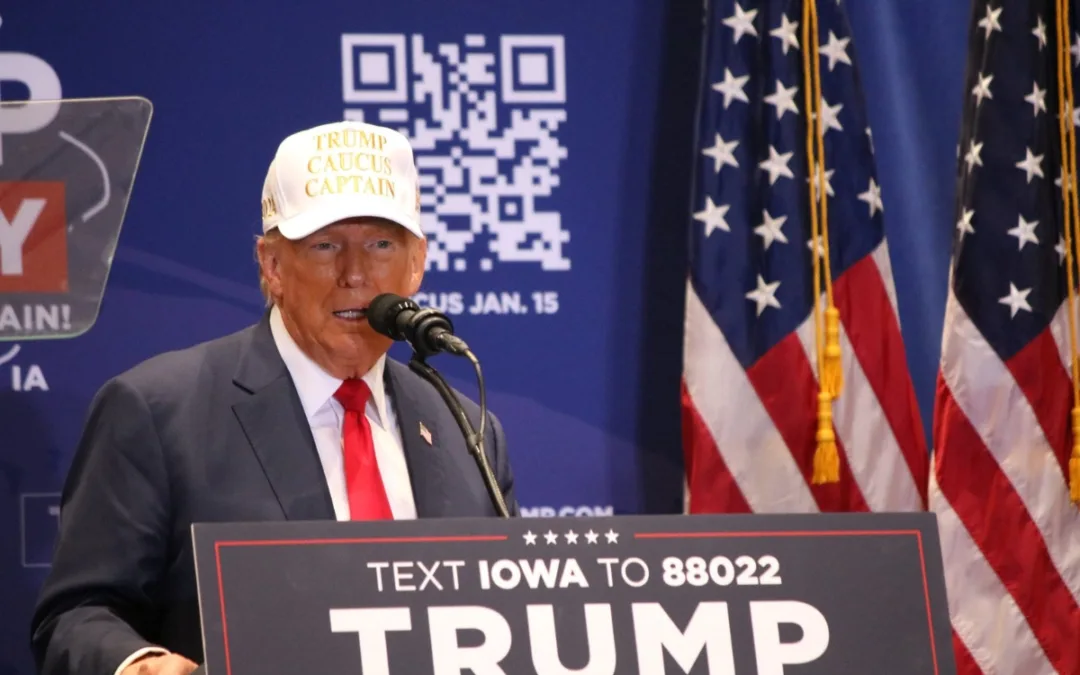The very first results of the 2020 national Democratic primary process will come from an Iowa Caucus gathering in… the Republic of Georgia.
Yes, the first caucus will occur in the Caucasus.
This year, the Iowa Democratic Party’s expanded use of satellite caucuses should give an indication of how the overall caucus race is playing out before the official statewide start time of 7 p.m. Of 97 satellite caucuses that will be held on Feb. 3, 44 of them start earlier in the day before the in-person precinct caucuses that get underway that evening.
Many of the early sites include universities, hospitals, retirement homes and union halls in and outside of the state. They’re aimed at allowing the elderly, students, patients and shift workers to still participate in the caucus if they can’t get out to their local precinct caucus at the specific 7 .p.m. start time.
[inline-ad id=”3″]
The satellite caucus location held at the Tblisi, Georgia home of Joshua Kucera, an Iowan working abroad, will be at 8 p.m. local time, or 10 a.m. CST. The IDP confirms that several other Iowans living in Georgia plan to attend.
The next round of early sites will be mostly in Iowa. Workers will gather at the UFCW Local 230 in Ottumwa at noon, then six satellite gatherings will be held at 1 p.m., including at the Keokuk Labor Temple, UAW locals in Dubuque, Marshalltown and Waterloo, and the LULAC club in Fort Madison. Also at 1 p.m. will be a satellite caucus at a person’s home in Glasgow, Scotland.
The other international location will be in Paris, France, held at 9 p.m. their time, 2 p.m. in Iowa. Students from Iowa studying abroad helped set that one up.
[inline-ad id=”4″]
All of the official results from those locations will not be reported by the state party until the same time in the evening along with the precinct caucuses. However, reporters and campaigns present may be able to know the results before they’re officially reported. That could give everyone an early peek into the trends playing out for Iowa, even if the satellite locations likely won’t be all that representative.
The satellite caucuses are the party’s effort to expand the accessibility of the caucus process. After the DNC nixed the IDP’s efforts to include a virtual caucus option, the state party looked to expand the satellite option they tried out in a limited fashion in 2016.
“The goal of these changes to the 2020 caucuses is really to expand participation in the process, expand accessibility for people to get to the caucuses and to make them more transparent and efficient. And all of those things really work hand-in-hand,” said IDP spokesperson, Mandy McClure.
[inline-ad id=”5″]
“It makes things easier for people to participate in the process in general,” she said. “Obviously for disabilities, there are some sites that are geared toward language and cultural centers. There are sites that are geared toward aging services centers. There’s some college campus sites and people who are just traditionally out of the state over the winter.”
Twenty-seven of the sites are out of the state to accommodate Iowans living in other places, 11 accommodate language and cultural needs, 36 accommodate accessibility needs, 21 are on college campuses and 19 are for people whose work schedules interfere with the precinct caucuses.
Four each will be held in Florida and Arizona, capturing Iowa’s snow bird population.
[inline-ad id=”0″]
The total number of district or state delegates allocated to the satellites can vary, based on total turnout of the satellites within a congressional district.
For example, if overall attendance at all satellites within a congressional district is between 1-600, the congressional district will be given an additional 1 percent allocation. The percentage can go to a maximum of 10 percent.
Iowa’s 1st Congressional District will have 14 satellite caucus locations, the 2nd District will have 17, the 3rd District will have 21, and the 4th District will have 16.
All the satellites together will count as an additional county in that district for reporting purposes. Every out-of-state satellite will contribute to another additional county, so at the end of the night the IDP will essentially report the results of 104 “counties.”
[inline-ad id=”1″]
Other than the time and location changes, the satellite caucuses work like the precinct caucuses. Each location has a captain who oversees the room, manages volunteers and reports results.
Any registered Iowa Democrat can participate in the satellite caucuses. Most are open to the public, and the only exceptions are those held at private residences or workplaces. In-state caucuses don’t require early check in and will operate as normal precincts.
People who want to participate in out-of-state caucuses must register by tomorrow, Friday, January 17 so the IDP can ensure security.
[inline-ad id=”2″]
by Nikoel Hytrek and Pat Rynard
Posted 1/16/20
Politics

6 terrifying things that could happen if the Comstock Act is used to target abortion
Does 1873 sound like a really, really long time ago? Well, that’s because it is—but if Republicans and far-right anti-abortion activists have their...

Iowa parents explain how ‘fetal personhood’ would harm IVF
Lyndi Buckingham-Schutt and her husband Andy Schutt, both Des Moines residents, always knew they wanted to have children. When Lyndi was 30, they...
Local News

No more Kum & Go? New owner Maverik of Utah retiring famous brand
Will Kum & Go have come and gone by next year? One new report claims that's the plan by the store's new owners. The Iowa-based convenience store...

Here’s a recap of the biggest headlines Iowa celebs made In 2023
For these famous Iowans, 2023 was a year of controversy, career highlights, and full-circle moments. Here’s how 2023 went for the following Iowans:...




